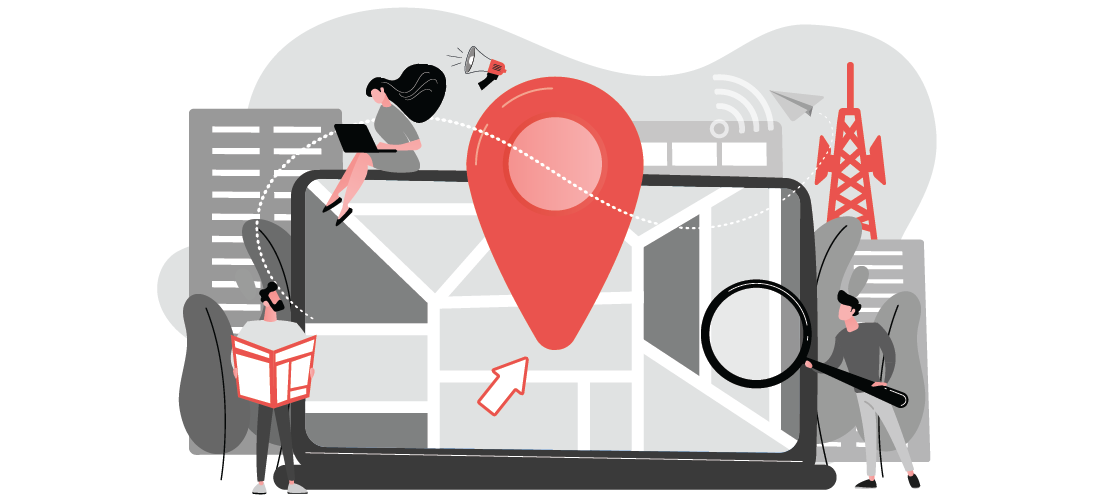Table Of Content
You're walking down the street, and your phone buzzes with an exclusive deal from a shop just a few steps away. You weren’t looking for it, but the offer is too good to pass up. This is geotargeted advertising at work—connecting businesses with customers right when they are nearby and ready to engage. For local businesses, this means higher foot traffic, more sales, and ads that actually reach the right people.
Understanding Geotargeted Advertising
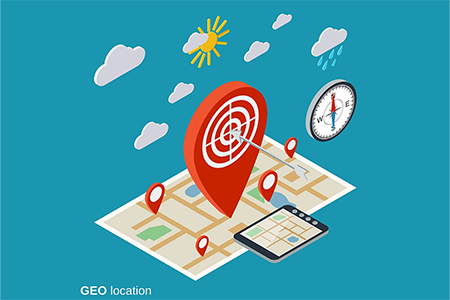
What Is Geotargeting and How Does It Work?
Geotargeted advertising is a digital advertising approach that focuses on delivering ads based on a user's physical location. Using GPS, Wi-Fi signals, and IP addresses, businesses can ensure their ads appear to people in a specific area, whether it’s a city, neighborhood, or even a single block.
For example, a coffee shop can show limited-time offers to nearby office workers during the morning rush. A clothing store can advertise a weekend sale only to shoppers within a short distance. This method ensures marketing efforts focus on the most relevant audience.
Geomarketing: A Key Component of Modern Advertising
Geomarketing goes beyond just displaying ads—it uses location-based insights to create smarter marketing strategies. Businesses analyze foot traffic, customer behaviors, and location trends to fine-tune their advertising approach.
For instance, a gym may notice a pattern where customers visit a nearby health store before or after workouts. Using this insight, the gym can partner with the store for cross-promotional campaigns. By understanding where potential customers go and what they do, businesses can make more informed marketing decisions that lead to real-world sales.
How Geotargeted Advertising Benefits Local Businesses
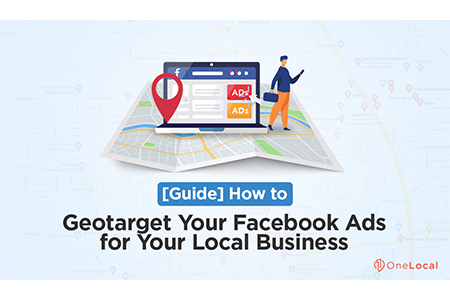
Reaching the Right Audience at the Right Time

Geotargeted advertising allows businesses to reach people when they are most likely to take action. A restaurant can promote lunch specials right before noon, targeting nearby professionals looking for a quick meal. A boutique can advertise to shoppers who are already in a mall browsing similar stores.
This level of timing and relevance increases the chances of engagement, making marketing more effective and less wasteful.
Maximizing ROI with Localized Campaigns

Advertising can be expensive, but geotargeted advertising ensures businesses spend money wisely. Instead of running broad, expensive campaigns, businesses can focus on customers who are actually nearby and more likely to convert.
For example, a local salon can target nearby residents with special offers, rather than paying for ads seen by people miles away who are unlikely to visit. This precision not only reduces wasted ad spend but also boosts overall marketing effectiveness.
Personalized and Relevant Messaging for Local Consumers
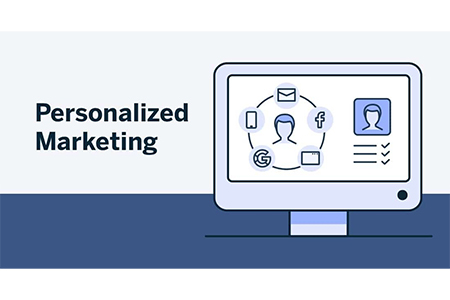
People respond better to ads that feel tailored to them. Geotargeted advertising allows businesses to create messages that reflect local preferences and trends. A bookstore can advertise bestsellers that are popular in a specific neighborhood, while a sportswear brand can promote rain-resistant gear in an area known for unpredictable weather.
These targeted messages make advertising feel more relevant and engaging, increasing the chances of customers responding positively.
Improving In-Store Traffic and Sales
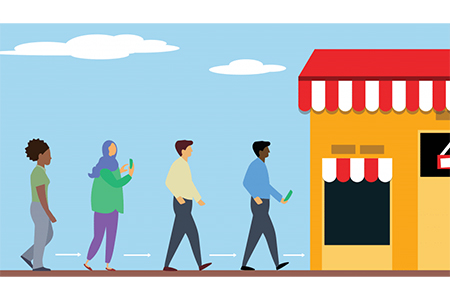
While online shopping is convenient, many purchases still happen in physical stores. Geotargeted advertising helps drive foot traffic by alerting nearby customers about promotions, events, or new arrivals.
Retailers can also use "geo-fencing," which triggers ads when customers enter a specific area, such as a shopping district or a competitor’s store. This nudge encourages more visits and helps businesses gain an edge in competitive markets.
Successful Geotargeted Advertising Strategies for Local Businesses
Use Location-Based Keywords in Your Campaigns
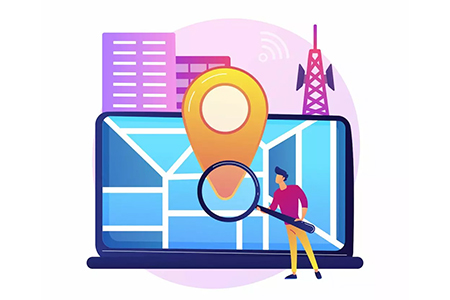
Search engines favor relevant content, and using local keywords helps businesses appear in local searches. Instead of generic keywords like "best bakery," a business can use "best bakery in Dallas" or "fresh pastries in Brooklyn" to attract nearby customers.
These keywords improve visibility and ensure the ads reach people actively searching for those services in a specific area.
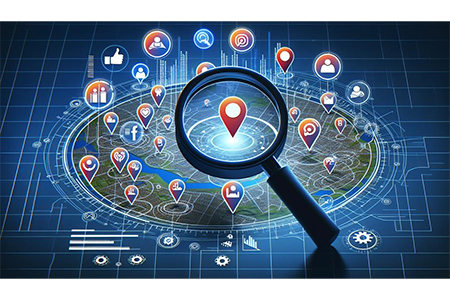
Platforms like Facebook and Instagram offer built-in geotargeted advertising tools. Businesses can set their ads to appear only to users within a chosen radius, ensuring ads are seen by those most likely to visit.
Moreover, businesses can encourage customers to use location-based tags and check-ins, which increase brand visibility organically among their followers.
Customize Offers and Promotions for Local Audiences

Different neighborhoods have different needs and preferences. A fast-food chain may find that one area prefers vegetarian options while another prefers spicy dishes. By tailoring promotions to each location’s preferences, businesses can attract more customers and boost sales.
A spa, for example, can offer seasonal discounts for nearby residents, or a fitness studio can create a special package for office workers in the business district. Personalization makes a significant difference in customer engagement.
Integrate Geotargeting with Your Mobile Marketing
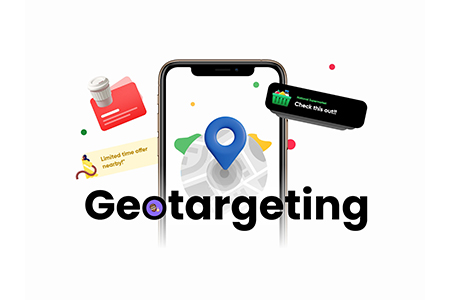
Most people use their phones to look up businesses nearby. Mobile ads combined with geotargeted advertising ensure that ads reach people at the right time.
For example, a hotel can offer discounts to travelers who have just landed at a nearby airport. A car service can push promotions to users stranded in bad weather. Since people rely on their phones for instant information, geotargeted mobile ads can be incredibly effective in converting interest into action.
Key Tools and Platforms for Geotargeted Advertising
Google Ads and Location Targeting
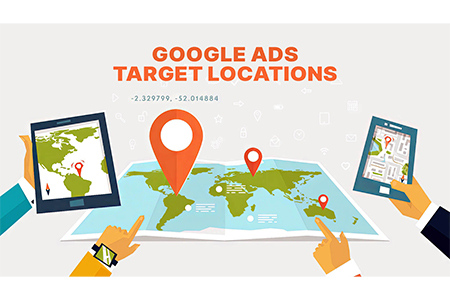
Google Ads provides businesses with the ability to target specific locations. Advertisers can set geographic boundaries and adjust their ad bids based on user proximity. This ensures businesses get the most visibility where it matters most.
A local bakery, for example, can set its ads to appear only within a 10-mile radius, ensuring the promotions reach potential customers in the area instead of wasting ad spend on those too far away.
Using GPS and Beacons for Hyper-Targeting
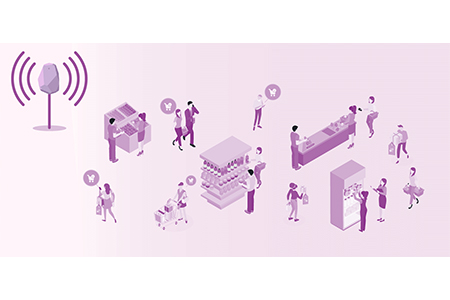
GPS-based ads track users in real-time, delivering promotions when they are near a business location. Beacon technology, on the other hand, uses Bluetooth signals to push targeted ads when users enter a specific zone, like a shopping center or an event venue.
Retailers use beacons to notify customers about exclusive discounts when they walk through the store, increasing impulse purchases and engagement.
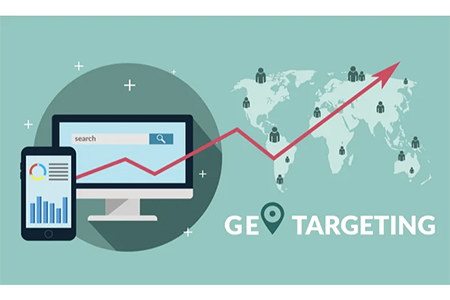
Facebook, Instagram, and Twitter allow businesses to target ads based on location. Combined with audience segmentation features, businesses can refine their targeting based on interests, behaviors, and purchasing patterns.
For example, a surf shop can show ads only to beachgoers in coastal cities, while a snow gear company can target users in ski-friendly locations.
Conclusion: Why Local Businesses Should Adopt Geotargeted Advertising
Geotargeted advertising helps businesses reach the right people in the right place. It drives foot traffic, boosts sales, and makes ads more effective. Whether using Google Ads or social media, businesses that focus on local marketing see better results.
Excellent Publicity is the best advertising agency for this. We create powerful local campaigns that get noticed. With our expertise, your brand reaches the right audience at the right time, increasing sales and visibility. Our tailored strategies ensure maximum results, making your advertising budget work efficiently.
If you want to grow locally, contact the experts at Excellent Publicity today!
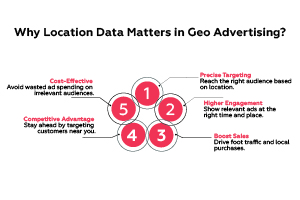
Why Location Data Matters in Geo Advertising
- Precise Targeting – Reach the right audience based on location.
- Higher Engagement – Show relevant ads at the right time and place.
- Boost Sales – Drive foot traffic and local purchases.
- Cost-Effective – Avoid wasted ad spending on irrelevant audiences.
- Competitive Advantage – Stay ahead by targeting customers near you.
FAQs
Geotargeting shows ads to people in a specific area, making it more precise. Traditional advertising, like TV or billboards, reaches a wide audience without targeting. Geotargeting helps businesses connect with local customers, while traditional ads reach many people, including those who may not be interested.
Geotargeted ads send offers or reminders to people nearby. When customers get deals on their phones while in the area, they are more likely to visit. This helps attract local shoppers who are already close and ready to buy.
Yes! Small businesses can use geotargeting to reach local customers without spending too much. Unlike big brands, they can focus on nearby shoppers, offering special deals. This helps them attract customers and stand out without needing a huge budget.
First, pick the area where you want to show ads. Choose a platform like Google or social media. Set your audience, create an ad, and decide on a budget. Track results and adjust your campaign to improve performance.
Google Ads, Facebook, and Instagram work well. Google Ads targets searchers in a location, while Facebook and Instagram reach local users based on activity. These platforms help businesses connect with the right people nearby.


